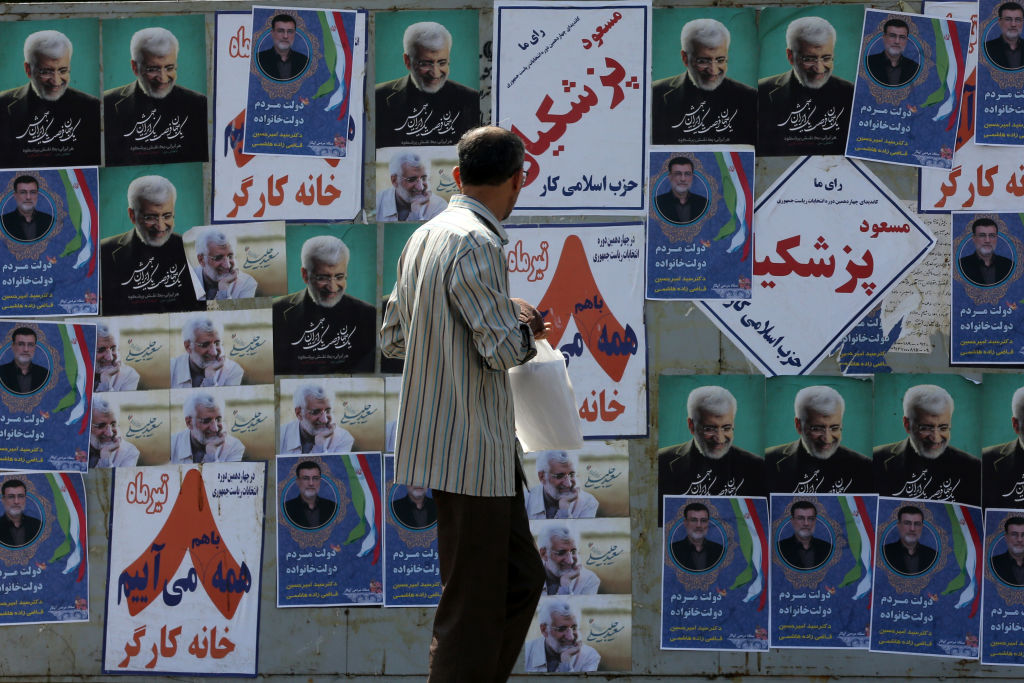Crossroads Asia | Economy | East Asia
Power disruptions in Ulaanbaatar add more urgency to the government’s existing focus on energy reforms.

A thermal power plant in Mongolia, July 5, 2024.
Credit: Telmen AltanshagaiIn the past few weeks, the state-owned main electricity provider in Ulaanbaatar announced a series of potential interruptions, citing insufficient power supply. These disruptions – which came alongside an increase in set-tariff prices on electricity and heating – were not welcomed by average Mongolians as winter peaks in the coldest capital city in the world. In 2023, Mongolia produced 77.7 percent of its electricity domestically, mainly (90 percent) through coal-fired thermal power plants, and imported the remaining 22.3 percent of electricity from Russia.
The Ulaanbaatar Electricity Distribution Network (UEDN) notified customers of a potential disruption anywhere from 60 to 120 minutes between 4 and 6 p.m. and urged people to limit unnecessary usage during the peak time. According to the UEDN website, the network serves half of the country’s population (1.7 million out of 3.4 million in 2023), including people in Ulaanbaatar and the surrounding area, with government-set tariffs. The electricity and heating tariff is heavily subsidized by the government at the cost of accumulating a considerable amount of debt. The price has stayed the same since 2019, according to the Statistics of Energy Report 2023.
After the parliamentary election in June 2024, the new government set its attention to reforming the electricity and heating industry to accomplish greater energy security. For instance, the creation of the Energy Reform Task Force and Committee got an overwhelming amount of support (100 out of 126 Parliament members) and is expected to prioritize tariff reforms, green energy transition, and private sector involvement in the energy market.
Recently, the Energy Regulatory Commission advocated a change in tariffs based on market principles such as supply and demand. The chair of the commission, Tuvshinchuluun Erdenechuluun, noted operation loss and possible disruption in the energy industry if the tariff price on electricity and heat continues to fall short of the production cost.
“There is a need to increase prices. Two main issues were taken into account when increasing prices. We plan to bring the price of electricity and heat to its production cost while adding the lowest possible financial burden on consumers,” he said last November.
These changes in tariffs and increased emphasis on the energy sector are clear signals that Mongolia is preparing to tackle its energy insecurity, which is deeply intertwined with its economy and geopolitics. According to Deputy Prime Minister Dorjkhand Togmid, the country has not had significant energy sector reforms since the 1980s. That is set to change: Four out of the 14 mega projects planned by the government in 2024-2028 are in the energy sector.
There are many ongoing developments in the energy sector, including building a solar power plant and an energy storage system in Gobi-Altai province, Indian interest in buying coking coal, a French deal in uranium mining, and a $100 million loan from the Asian Development Bank for climate financing, which includes energy projects. Certainly, these steps are a sign that Mongolian policymakers are on the right track to tackle energy insecurity in the country. But to see long-term results, average Mongolians might need to endure some disruptions in the energy sector along the way.

 By The Diplomat | Created at 2024-12-31 14:21:41 | Updated at 2025-01-08 04:38:30
1 week ago
By The Diplomat | Created at 2024-12-31 14:21:41 | Updated at 2025-01-08 04:38:30
1 week ago








